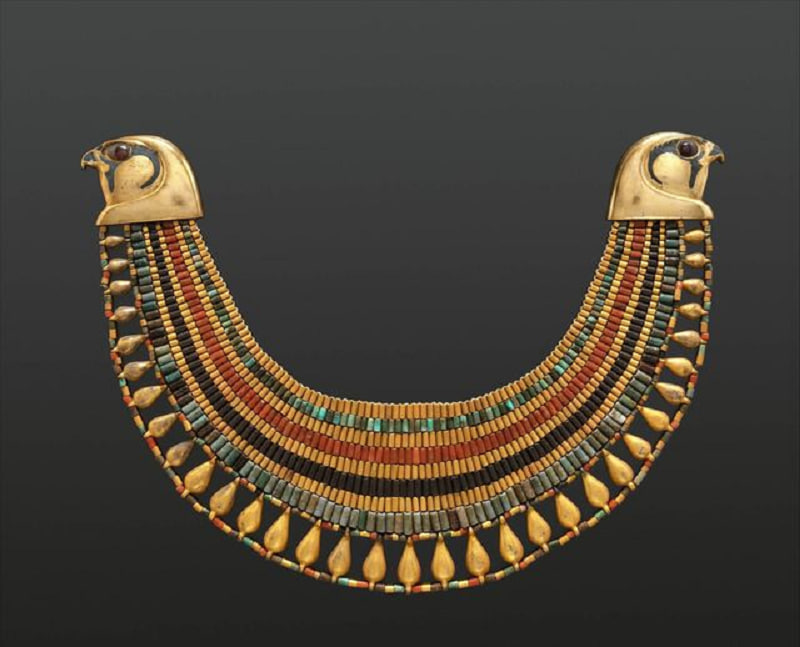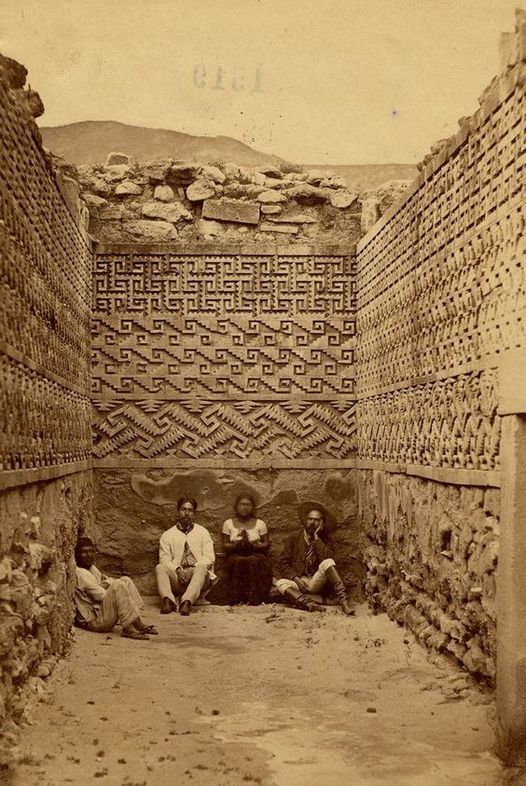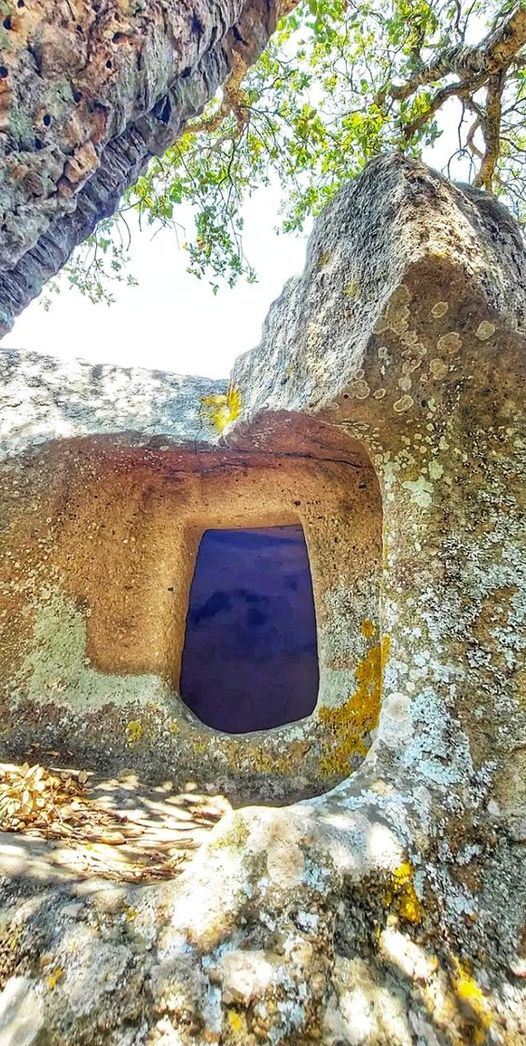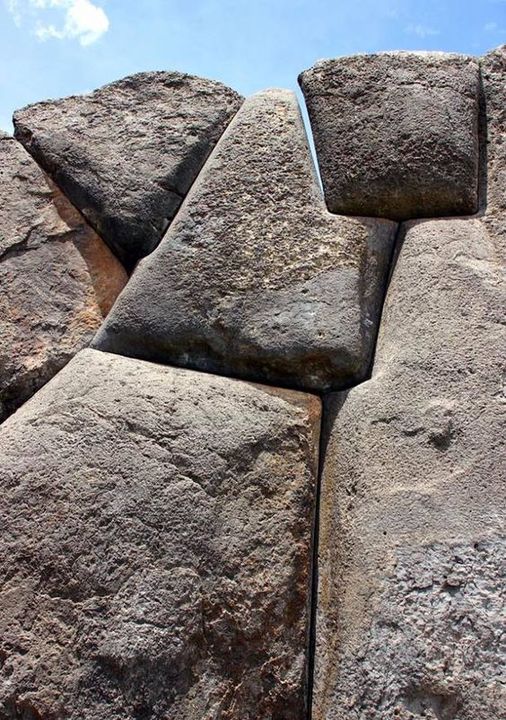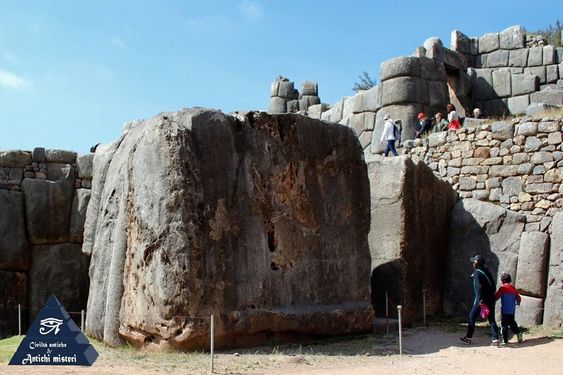The Usekh Collar of Senebtisi is a captivating masterpiece that epitomizes the exquisite craftsmanship of ancient Egyptian artisans. Crafted from faience, gold, carnelian, and turquoise, this stunning collar dates back to the Middle Kingdom, specifically the 12th to 13th Dynasty, around 1850-1775 BC. Now housed in the esteemed halls of the Metropolitan Museum of Art under the accession number 08.200.30, the Usekh Collar continues to enchant viewers with its timeless beauty and historical significance.
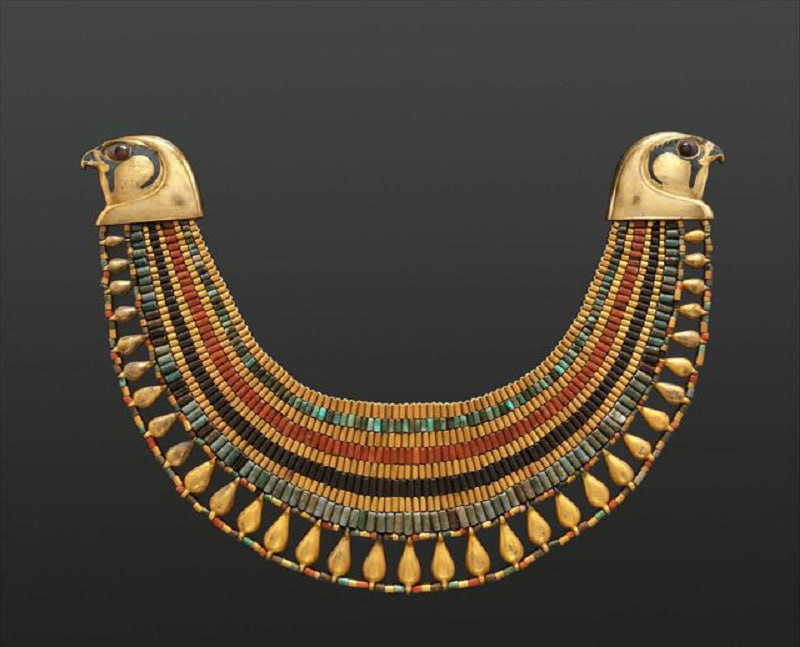
As one gazes upon the intricately designed Usekh Collar of Senebtisi, they are immediately struck by its elegant composition and meticulous detailing. The collar’s use of vibrant faience, lustrous gold, and richly hued carnelian and turquoise reflects the mastery of ancient Egyptian artisans in working with precious materials. Each element of the collar is carefully crafted to create a harmonious ensemble that adorns the wearer with grace and sophistication, making it a prized possession fit for royalty.
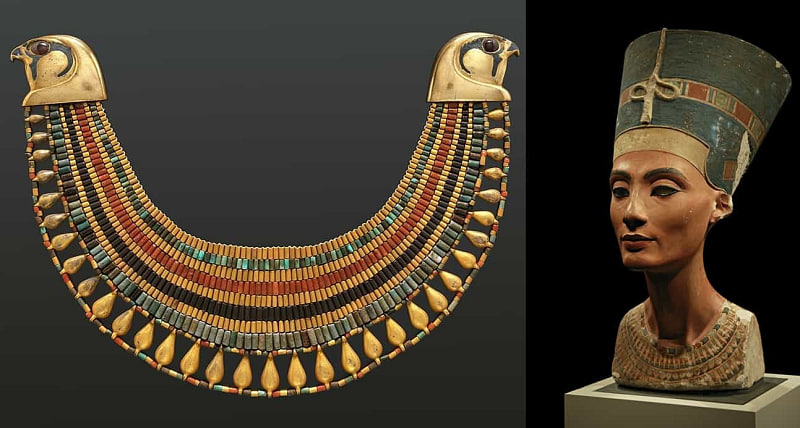
The significance of the Usekh Collar extends beyond its aesthetic appeal; it also holds cultural and symbolic significance in ancient Egyptian society. The collar’s use of symbolic motifs, such as the protective Wadjet eye and the lotus flower, speaks to the wearer’s connection to divine protection and eternal rebirth. Additionally, the collar’s use of precious materials reflects the wearer’s wealth and status, highlighting their esteemed position within society.
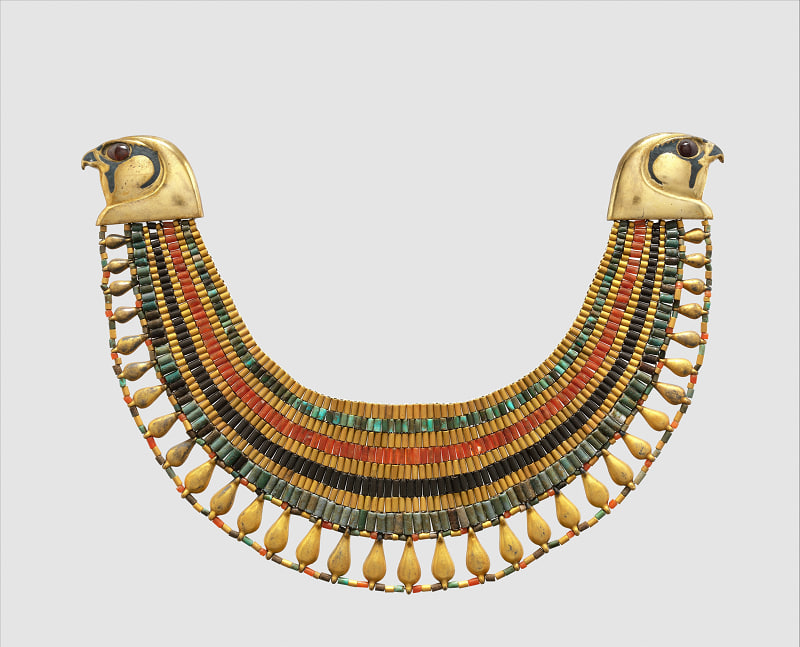
Through meticulous archaeological research and analysis, scholars have gained valuable insights into the cultural and religious practices of ancient Egypt. The discovery and study of artifacts like the Usekh Collar of Senebtisi provide a window into the beliefs, customs, and artistic achievements of this ancient civilization. By examining the collar’s craftsmanship, materials, and iconography, researchers can reconstruct the social and religious contexts in which it was created and worn.
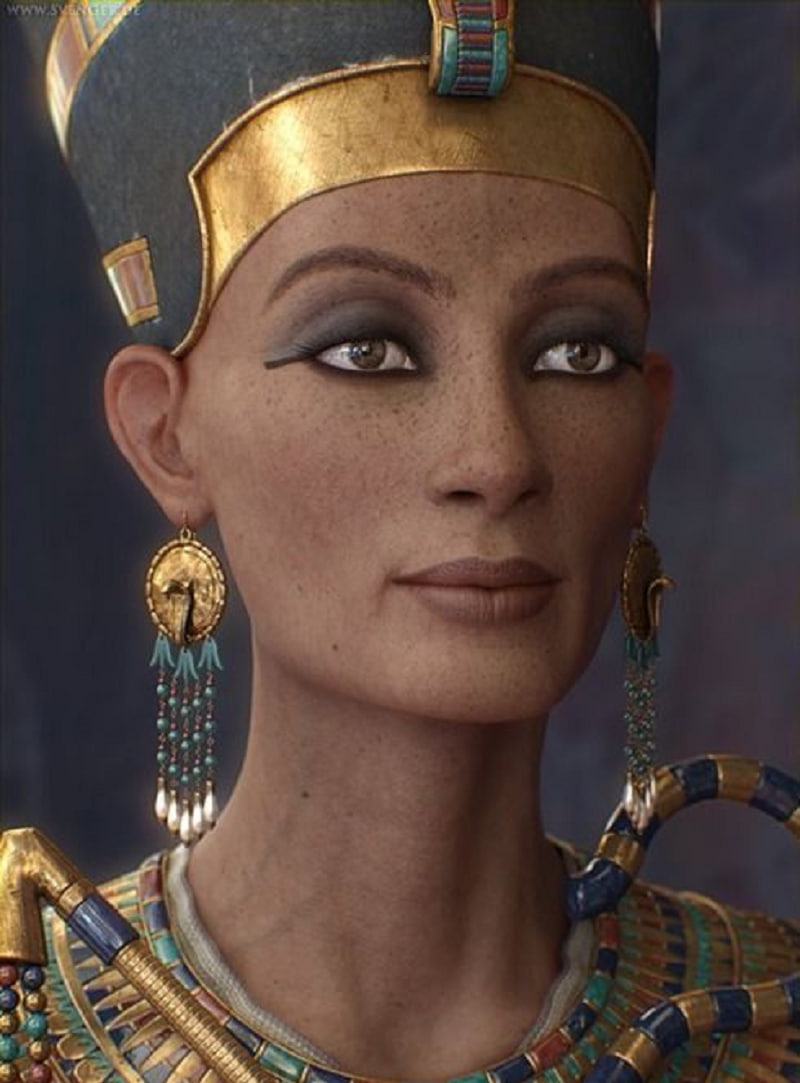
In conclusion, the Usekh Collar of Senebtisi stands as a testament to the enduring legacy of ancient Egyptian artistry and culture. Its exquisite beauty, intricate design, and symbolic significance continue to captivate viewers centuries after its creation. As visitors marvel at this remarkable artifact in the Metropolitan Museum of Art, they are reminded of the ingenuity, craftsmanship, and spiritual beliefs of the ancient Egyptians. Through the preservation and study of artifacts like the Usekh Collar, archaeologists continue to uncover the mysteries of the past, enriching our understanding of ancient civilizations and their enduring contributions to human history.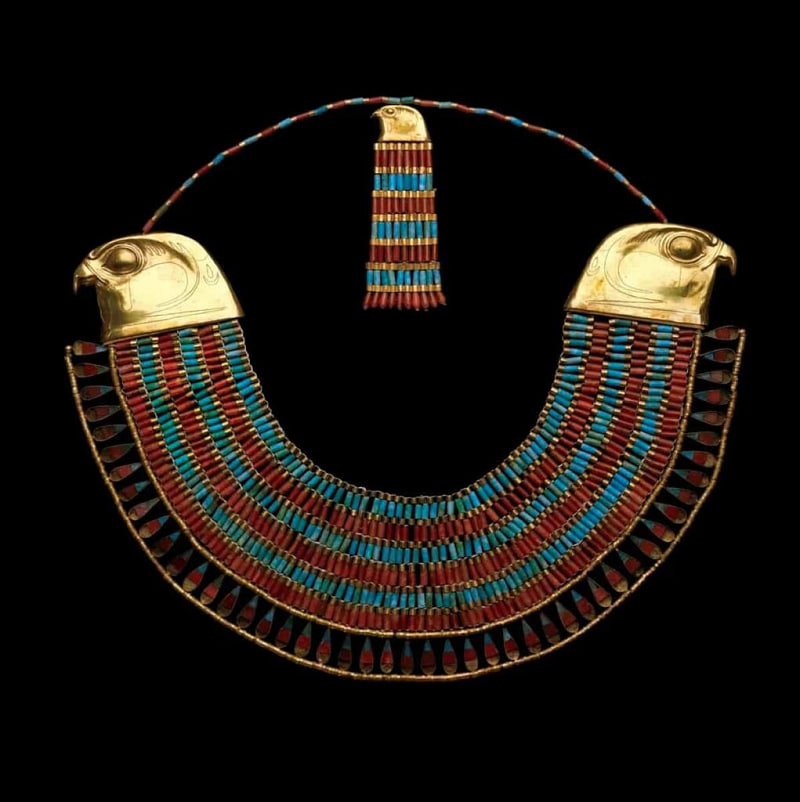
Archaeology plays a vital role in preserving our cultural heritage and unraveling the secrets of the past. Through careful excavation, documentation, and analysis, archaeologists uncover artifacts like the Usekh Collar that shed light on the lives, beliefs, and achievements of ancient peoples. By studying these artifacts, researchers gain valuable insights into the cultural, social, and religious practices of past civilizations, helping to piece together the complex tapestry of human history. As we continue to explore the wonders of the past, let us remember the importance of archaeology in preserving our shared heritage for future generations to cherish and learn from.





